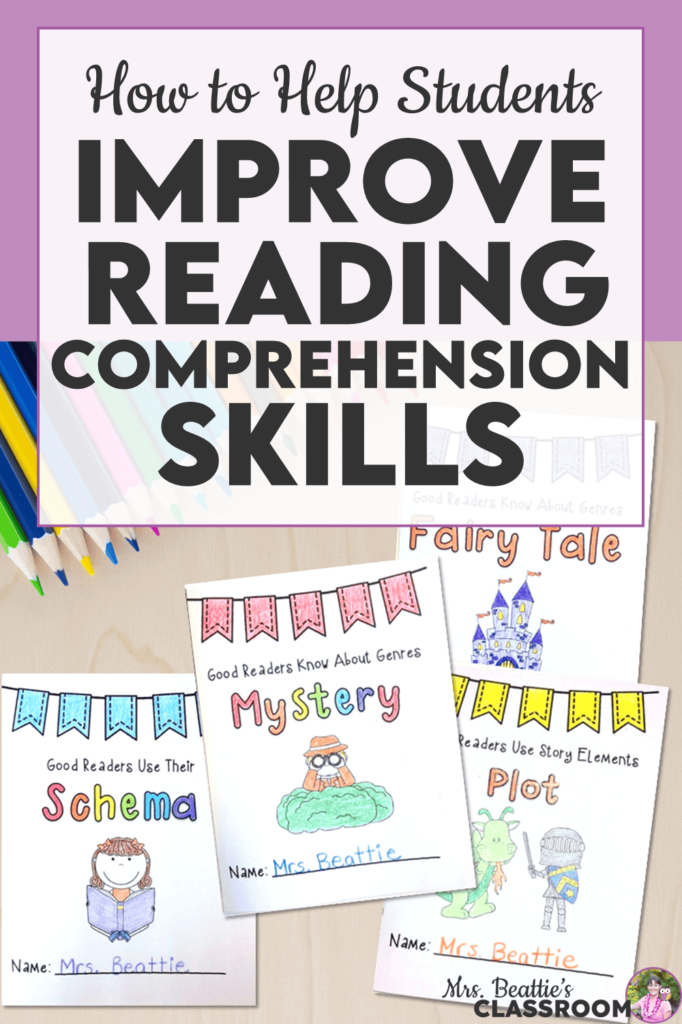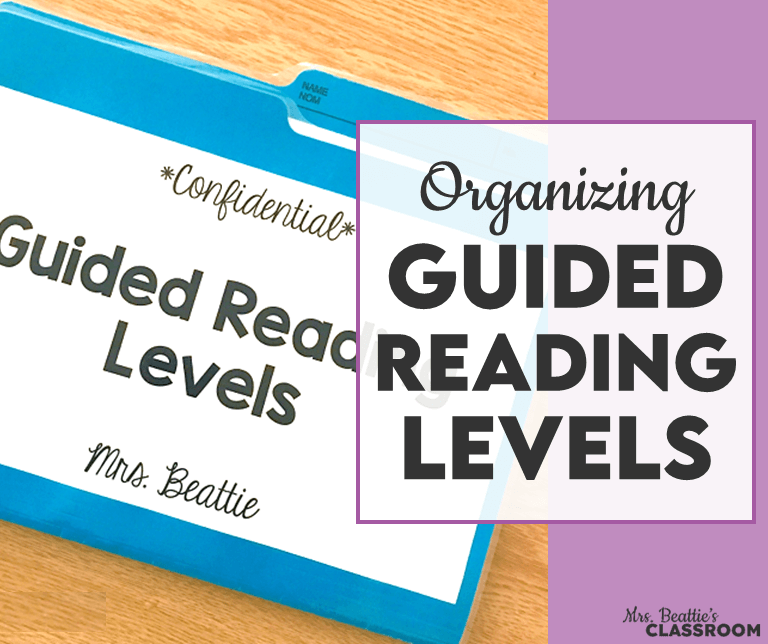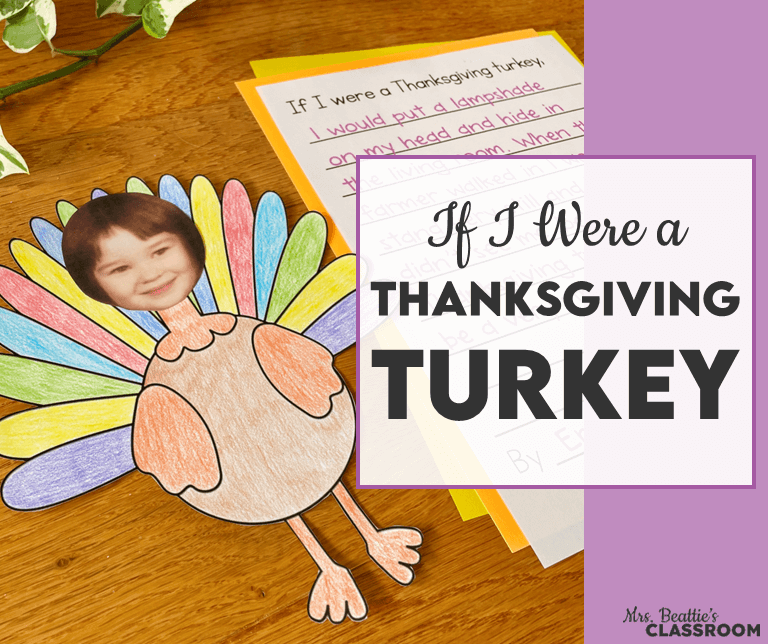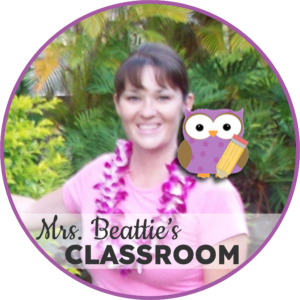As an elementary teacher, you know how necessary reading comprehension skills are in your classroom. Reading comprehension isn’t just about getting through the text—it’s about understanding, connecting, and thinking critically about what’s on the page. However, this can be a real challenge for many students, especially in the 2nd and 3rd grades. Whether it’s a fun fictional story or an informative nonfiction piece, some kids just don’t know where to start. Let’s talk about how we can change that.
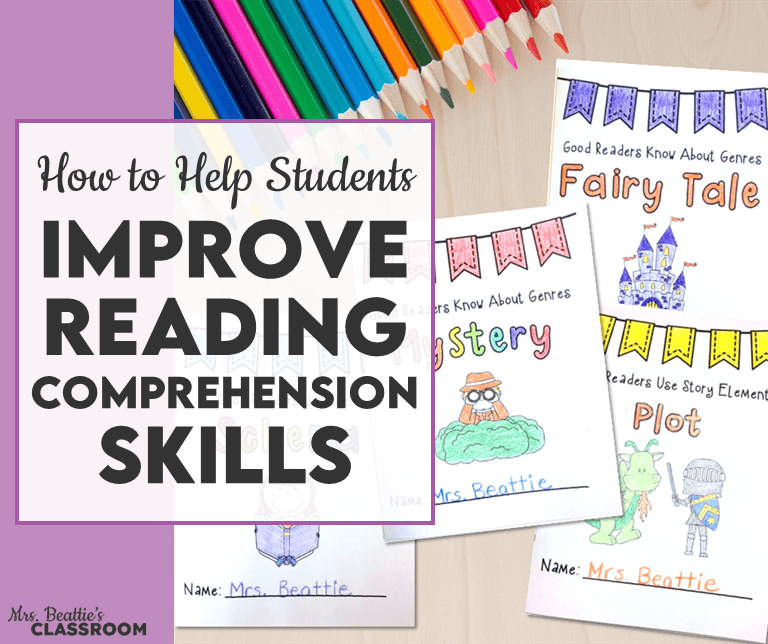
Why Reading Comprehension Skills Matter
Strong reading comprehension skills are the foundation for so much more than just academic success. They help students:
- Make connections between what they’re reading and their own lives.
- Build vocabulary and develop language skills.
- Strengthen critical thinking and problem-solving abilities.
- Develop the confidence to engage with texts independently.
And yet, comprehension is one of the trickiest skills to teach because it’s so layered. That’s where having a clear, structured approach comes in.
The Fiction vs. Nonfiction Divide
One common stumbling block for students is understanding how to approach different types of texts. Fiction and nonfiction require different strategies, but many kids try to tackle them the same way—and get stuck.
Here are some quick tips for addressing both:
For Fiction:
- Visualize the story. Encourage students to create mental images of what they’re reading. Allowing them to sketch or doodle while you read aloud can be a great way to practice this!
- Identify story elements. Characters, setting, problem, and solution should be front and center and discussed often
- Make predictions. What might happen next? Why? Ensuring student predictions are based on evidence and details from the text is key.
- Explore themes. Discuss the bigger message or moral of the story and how it connects to students’ lives.
- Connect emotions to actions. How do the characters’ feelings drive their decisions? How might a character behave differently in a different situation?
For Nonfiction:
- Look for text features. Headings, bold words, and diagrams offer valuable clues.
- Ask questions. What do I already know about this topic? What do I want to learn?
- Summarize. Can students pick out the main idea and key details?
- Analyze author’s purpose. Why did the author write this text? To inform, persuade, or entertain?
- Identify cause and effect. How are events or ideas connected?
Classroom Activities to Build Reading Comprehension Skills
Here are a few simple, actionable activities you can use right away to strengthen your students’ reading comprehension skills:
- Think-Pair-Share: After reading a passage, have students think about a question or make a prediction related to the text, discuss their thoughts with a partner, and then share with the class. This encourages active engagement and critical thinking.
- Graphic Organizers: Use tools like Venn diagrams, story maps, or main idea/detail charts to help students organize their thoughts and visually break down what they’ve read. These tools are excellent for developing reading comprehension skills.
- Sticky Note Summaries: Give students sticky notes to jot down key points, questions, or connections as they read. This keeps them actively engaged and helps them track their thinking, reinforcing their reading comprehension skills.
- Text Evidence Scavenger Hunt: Challenge students to find specific evidence in the text to support their answers. This reinforces the importance of backing up their ideas with concrete details from the text.
- Read Aloud and Discuss: Take time to read a short passage aloud and model thinking aloud. Pause to ask questions, make predictions, and connect ideas, showing students how skilled readers approach a text.
Supporting Your Students With the Right Tools
When students have a framework for how to approach their reading, their confidence grows—and so does their success. That’s why I created a resource designed to break down reading comprehension skills into manageable, actionable strategies for both fiction and nonfiction texts.
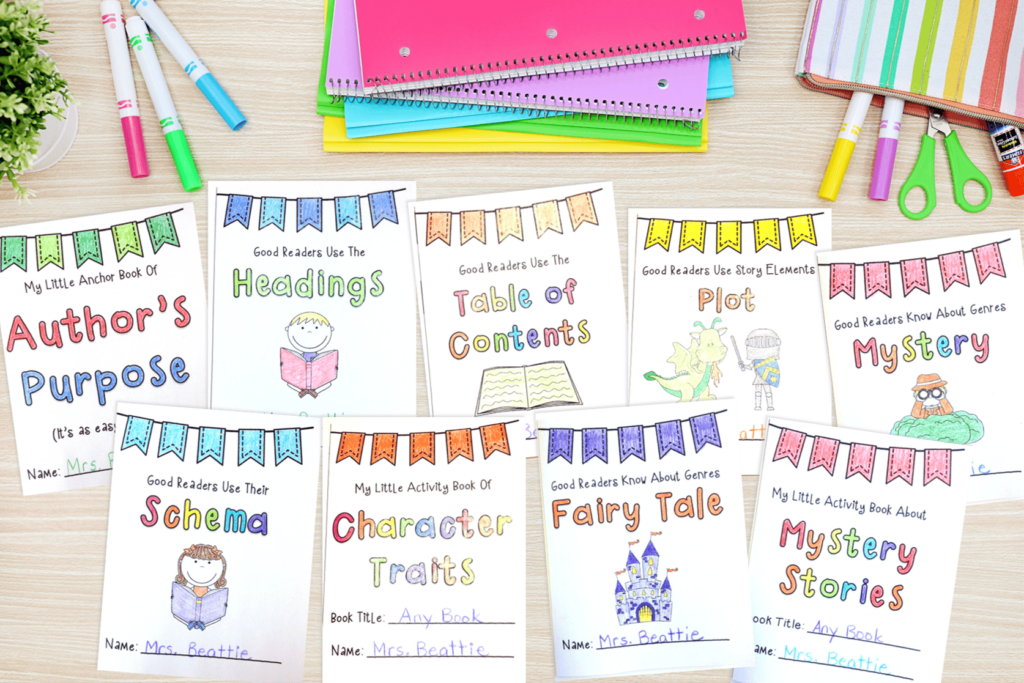
This resource isn’t a worksheet that asks students to regurgitate information from the book they’re reading. It is a fun, alternative mini-book format that walks them through the process of:
- Asking meaningful questions.
- Finding evidence in the text.
- Summarizing key points.
- Drawing conclusions and making inferences.
- Understanding text features.
- Recognizing text organizations.
- Using story elements.
- And more!
These mini-books are designed to be flexible enough to work with any text you choose so they seamlessly fit into your existing curriculum.
There are teaching mini-books you can use to introduce each reading comprehension skill and practice booklets that students can use again and again with any text.
They’re student-friendly and easy to implement, saving you valuable prep time. This makes them a powerful tool for building your students’ reading comprehension skills.
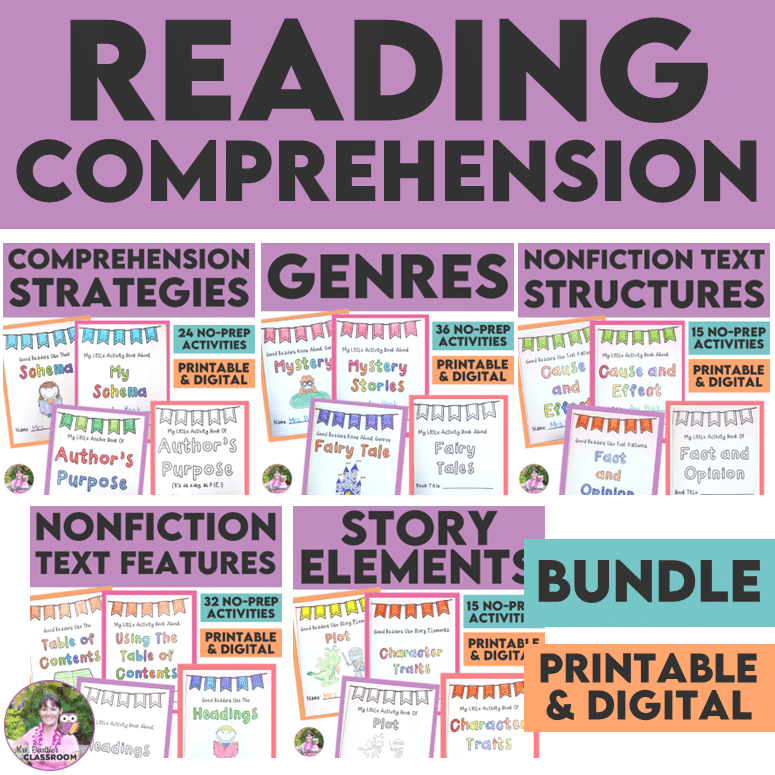
Canadian teachers, you can grab the printable version in my Canadian shop!
Why These Tools Matter
Using the right tools helps ensure that every student has the opportunity to succeed. Structured frameworks like the one in this resource provide a consistent approach that students can rely on, reducing confusion and frustration. This is especially important for students who struggle with literacy—they often need explicit instruction and clear guidance to feel confident and capable.
Students become more independent readers when they know how to approach a text. Over time, these tools and strategies become second nature, enabling students to tackle increasingly complex texts easily. For teachers, this means less time spent re-explaining directions and more time fostering meaningful discussions about what students are reading.
Final Thoughts
Helping your students develop strong reading comprehension skills is one of the most impactful things you can do as a teacher. By giving them the tools they need to succeed, you’re not just helping them excel in your classroom—you’re setting them up for a lifetime of success.
If you’re looking for a way to make teaching these skills easier and more effective, check out this resource. It’s a game-changer for both teachers and students.
You can grab a free sample of these printable and digital reading comprehension skills mini-books by clicking the image below:
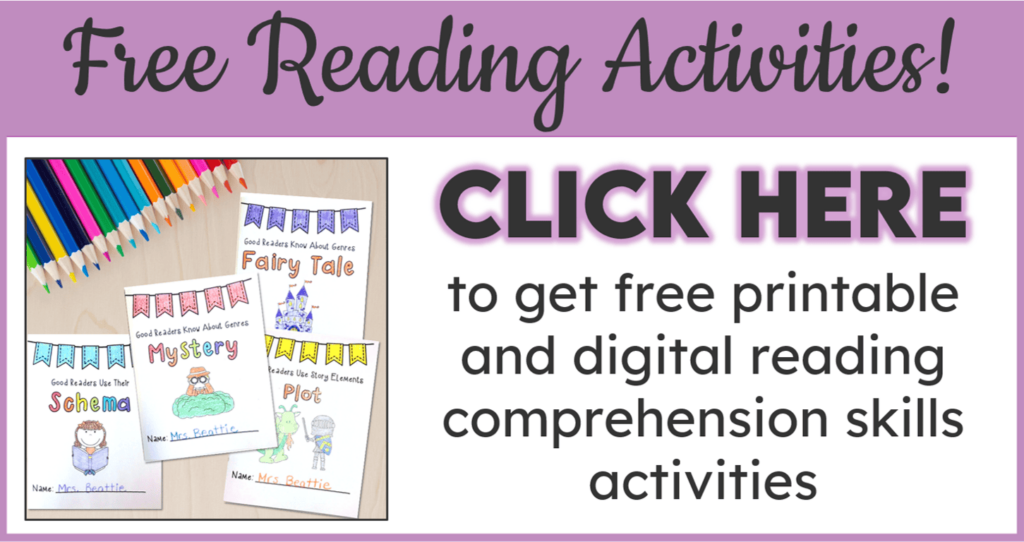
What strategies have worked for you when teaching reading comprehension skills? I’d love to hear your thoughts!
You might also be interested in the ideas and resources I’ve shared in these posts:
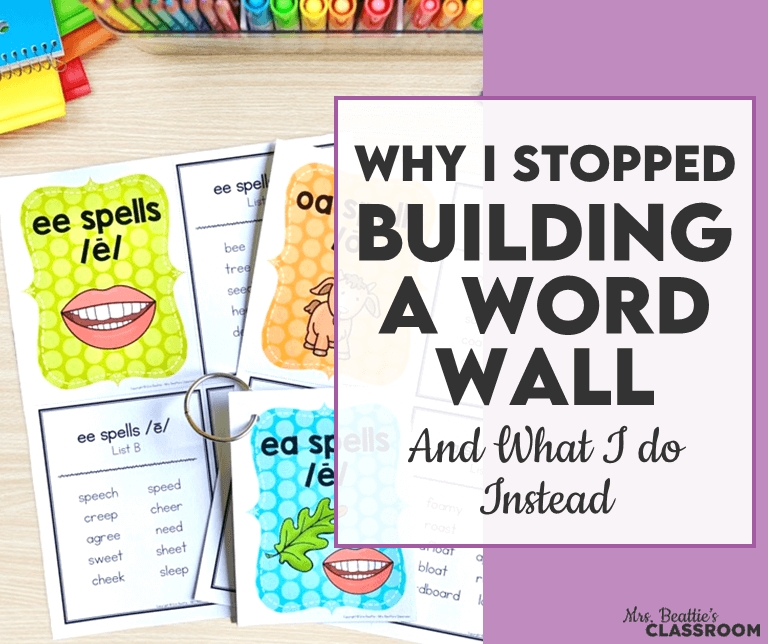

If you’ve enjoyed this post, please share it with friends and colleagues on Facebook or pin it on Pinterest:
